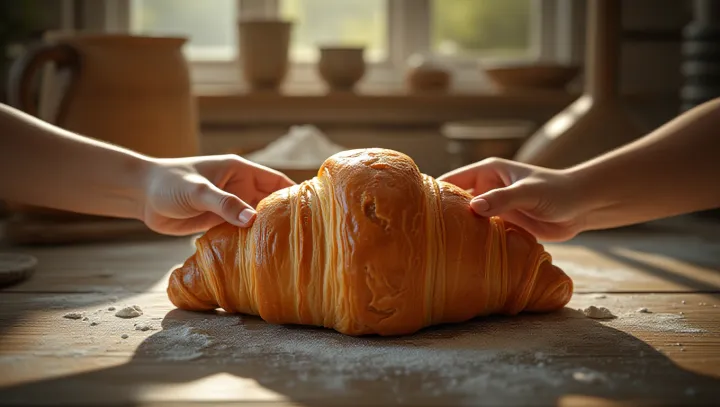Unveiling the Secret Dough of Croissants

In the heart of Paris, the revered craft of croissant making is experiencing a renaissance of its own. The magical allure of the light, flaky croissant primarily lies in its base – the laminated dough. This particular dough is a masterful combination of simple ingredients including flour, butter, sugar, yeast, salt, and milk.
Historically, laminated dough can be traced back to the culinary traditions of the Renaissance, a technique refined over centuries. In this method, butter is meticulously folded between layers of dough in a repeated process called lamination, lending the croissant its iconic, buttery layers. Michel LeBlanc, a renowned pastry chef, asserts, 'The mastery of laminated dough is what separates a standard croissant from an exceptional one.' Such precision in technique not only enhances the texture but also significantly elevates the taste profile.
With the world becoming increasingly fascinated with artisanal methods, the croissant continues to be a symbol of fine pastry, demonstrating both tradition and innovation. It is this inexhaustible charm that keeps bakers and patrons alike captivated and eager to indulge.
